Why not all products are found using a barcode scanner - and where our data comes from

Matthias Schmid
July 19, 2021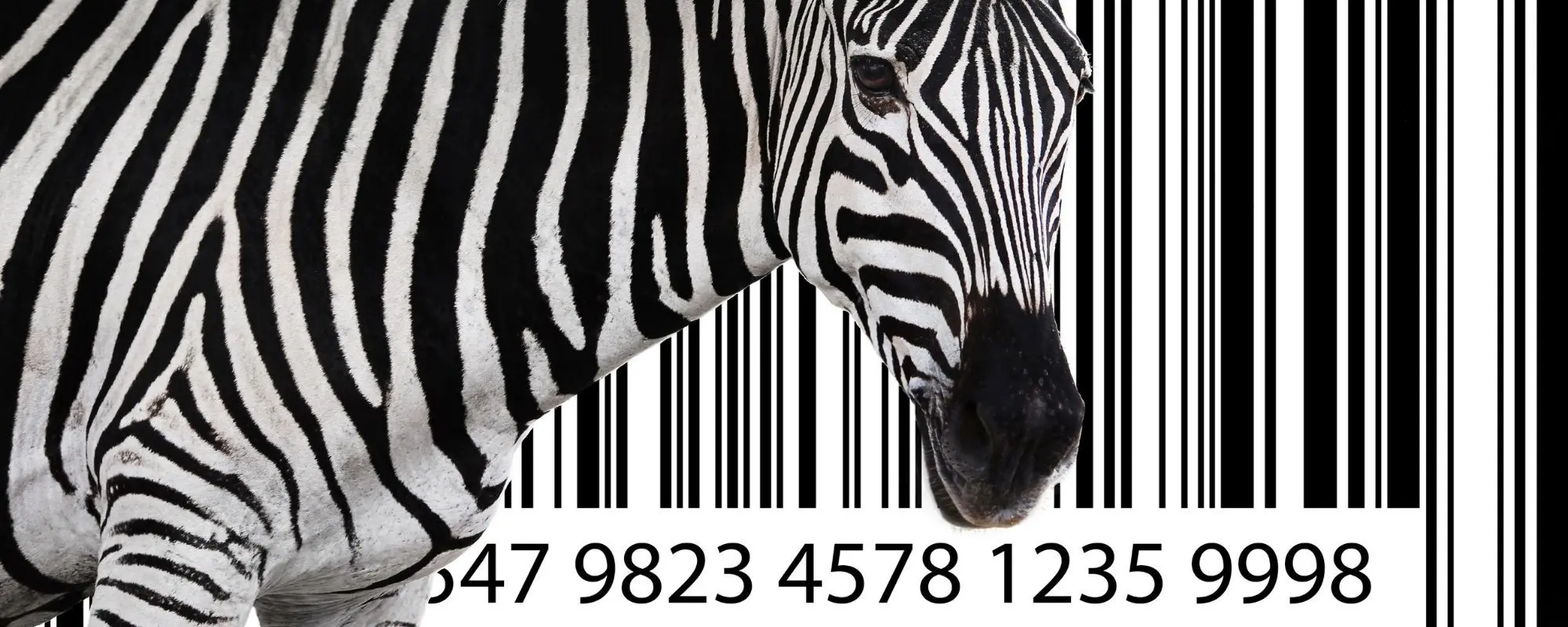
In this article, we give you a look behind the scenes at how we process barcodes and where our product data comes from.
How does a barcode work?
A barcode, also known as a stripe code, is a machine-readable identification number. It makes products identifiable for commercial use and retail - ideally unique on a global scale.
The first barcode (Universal Product Code, abbreviated UPC) was introduced in 1973 in the USA. The commonly used UPC-A in the USA consists of 12 digits. It quickly becomes apparent that, aside from the country and the manufacturing company, not much information is contained within those 12 digits.
An EAN13 barcode - the machine-readable part on top, below the encoded 13-digit identification number. No more information is contained directly in the barcode. By VaGla - own work created in Inkscape based on the graphics by Grzexs, CC BY-SA 3.0
In Europe, three years later in 1976, the European Article Number (abbreviated EAN) was introduced. It is 13 digits long and compatible with the UPC system.
Identification scheme since 2015
Since 2015, the identification numbers used worldwide in commerce have been renamed to Global Trade Item Number (GTIN). It is 8, 12, 13, or 14 digits long and always contains a check digit to detect errors during machine reading.
How does one access the product data?
GS1 Germany GmbH based in Cologne is the only official provider of EAN8/EAN13 codes in Germany. Anyone who wants to sell a product with a barcode must purchase a unique barcode from there.
Up to 30 barcodes can be retrieved for free per day from there - however, without all the relevant sizes that are of interest for the storage of food. For example, the product name, the package size, and the nutritional values are missing.
As a test, I used the official barcode search of GS1 Germany called Gepir to look up a randomly selected item: A pack of Haribo from an Edeka in Munich. The barcode 8426617106201 immediately reveals the country that issued the barcode: The two digits on the left stand for Spain (84).
The search in Gepir yields the following result: Company name "HARIBO ESPAÑA S.A.U." as well as an address.
Unfortunately, we can't do much with this yet. Commercial use of the service is costly and does not provide us with the data we are interested in. At a minimum, these would be: name, quantity, nutritional values of the food, and information on any allergens it may contain.
The first pantry app with product data: Crowdsourcing
When we launched the first pantry app in the App Store in 2013, there wasn't even a barcode scanner - and accordingly, no product data was stored.
Each user had to enter their items manually, which was quite laborious. In December 2015, the time had finally come: We created a product database for the pantry, with which users still had to enter food items, but these were then shared among all users! This way, at least common items were usually already in the database, and the recording of stock or shopping became much faster.
However, over time, weaknesses of the approach have become apparent:
Thus, there was only one field per article for the product name - even though the app was also used internationally. People then filled in the name sometimes in Swedish, sometimes in English, sometimes in German.
Although the app had storage locations, it seems that these were not sufficient for organizing items for some users. Thus, cryptic category names like "30 Juice", "31 UHT Milk" quickly emerged, which were only understandable to the respective user.
Some users have meticulously transferred all nutritional values - others have completely skipped this part. The level of detail of the products varied accordingly. Excerpt from the product database of the Pantry App, where product names have been entered by different users in various languages.
The current Pantry WebApp
Before we released our current WebApp for public beta in 2019, we spent a long time searching for the right model regarding the product database. We considered how we could improve the quality of the existing data.
Ultimately, we have actively decided to stop using our own product database and instead switch to the open model of OpenFoodFacts.org. Here too, product data is maintained by volunteer users and stored in a publicly accessible database. However, the project has several advantages, as we will see in the following section.
Products can be accessed directly from OpenFoodFacts and used for one's own purposes. The product data is licensed under the Open Database License - this ensures the data can be used for any purpose - as long as newly added product data is contributed back - thus the crowd-sourcing effect is ensured through the license.
A few facts about OpenFoodFacts
- OpenFoodFacts was founded in France in May 2012
- Meanwhile, there are 1,875,095 product data from all over the world listed with barcodes
Compared to our first database, OpenFoodFacts has a very extensive data schema. For instance, name fields are provided for any language.
Additionally, OpenFoodFacts allows for the uploading of photos of the product, the list of ingredients, and the nutritional value table. This enables automated machine quality control of the entered nutritional information, significantly improving the quality of the data.
Everything that can be found on OpenFoodFacts about the bag of Haribo from the example above can be found here.
Pantry App and OpenFoodFacts
Since October 7, 2019, we have been retrieving product data from OpenFoodFacts and, of course, also contributing back for the benefit of all users.
Since then, our users have created 10,184 articles from scratch and edited 20,441 articles, mostly to add missing attributes.
With this, our users have created 0.5% of all articles in the global database - that's an impressive sum, from which users in Germany benefit especially! A heartfelt thank you at this point for the careful entry of data, which will be very conveniently available to all future users.
Although it may happen that individual products are not found when scanning, we believe in the approach: A product database maintained by users is independent of the interests of food manufacturers, can be expanded as needed, and is unrestrictedly usable for all future purposes.
So if you come across an article that is not found, and you have to enter it yourself - think of the many users who will also scan the article, they will thank you for your product entry! 😊

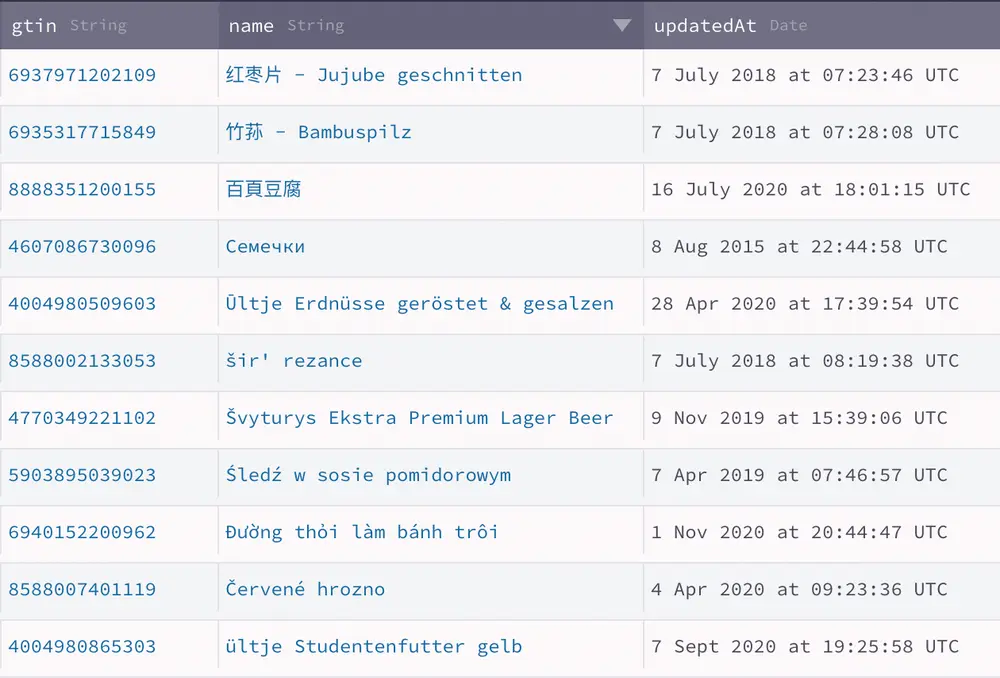
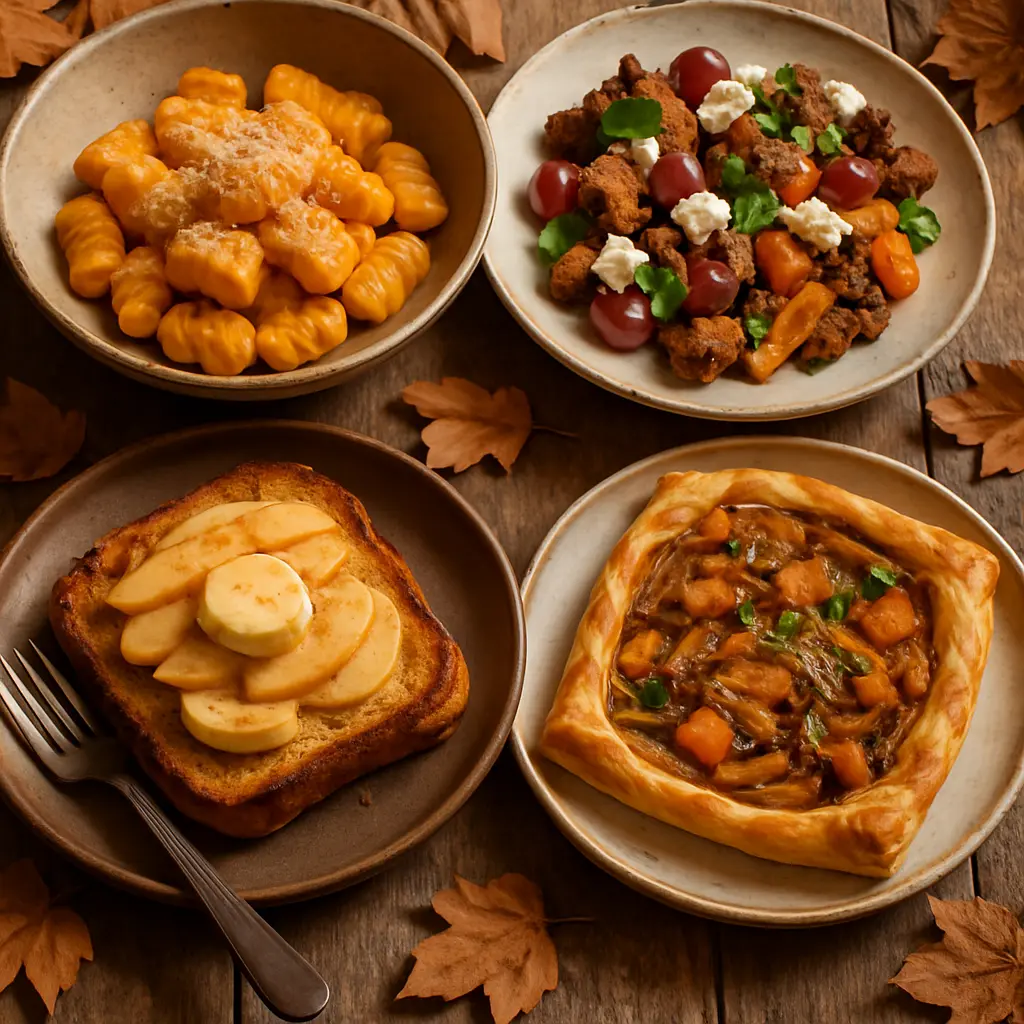
🍂 Cozy Autumn Leftover Cooking – Comfort dishes made from what's available
When the rain taps on the window and the tea cup becomes a permanent guest, the most beautiful kitchen time of the year begins: autumn. And what could be a better match than stylish leftover cooking – dishes that are not only sustainable but also truly exciting.
Autumn leftover cooking means: use instead of waste, but with a touch of sophistication. Here are some more unusual ideas to turn leftovers into small culinary highlights.
🧀 1. Pumpkin Gnocchi from leftover roasted vegetables
Do you have some leftover roasted pumpkin or sweet potato from the day before? Perfect!
Mash the vegetables, mix them with some flour, salt, and grated Parmesan, shape them into small gnocchi, and briefly cook them in salted water until they float to the surface. Then toss them in sage butter and top with chopped walnuts.
→ Tastes like Italy, looks like fine dining – and it's all made from leftovers!
🥖 2. Rustic bread salad with grapes and goat cheese
Tear stale bread into pieces, toast in olive oil until golden brown.
Add a few grapes (wrinkled ones are especially sweet), arugula or lamb's lettuce, crumbled goat cheese, and roasted hazelnuts. Mix with a dressing of balsamic vinegar, honey, and mustard.
→ A fall twist on the classic Panzanella – sweet, salty, crunchy, perfect!
🧅 3. French onion tart with leftover vegetables and puff pastry
Got some leftover puff pastry in the fridge? Make a tart out of it!
Caramelize onions in butter, add some leftover vegetables (e.g., leeks, mushrooms, or spinach). Spread on the pastry, top with a dollop of sour cream or cream cheese, and bake until golden brown.
→ Wonderfully aromatic, especially with thyme or rosemary.
🍎 4. Apple Sourdough French Toast with Vanilla Rum Butter
A piece of stale sourdough bread is soaked in a mixture of milk, egg, vanilla, and a dash of rum, fried in a pan, and served with fried apple slices and a rum butter.
→ Luxurious, yet made entirely from leftovers – perfect for a Sunday breakfast in pajamas.
🥬 5. Risotto made from leftover vegetables with lemon and herb oil
Chop the vegetable scraps finely and cook with a handful of rice into a creamy risotto.
A dash of lemon juice and some leftover herbs (parsley, basil, arugula) blended with oil make a fresh herb oil as a topping.
→ The acidity of the lemon beautifully enhances the earthy autumnal notes.
☕️ Bonus Tip: Using leftovers in a dessert glass
A few spoons of leftover compote?
Some leftover cake or cookies?
Layer it all with yogurt or mascarpone in a glass – and you have an autumnal "trifle" that looks like it came straight from a café in Copenhagen.
🍁 Conclusion
Autumnal leftover cooking is not a last resort, but a playground for creativity. When you look at ingredients with open eyes – not as leftovers, but as opportunities – small, exquisite dishes full of soul and flavor emerge.
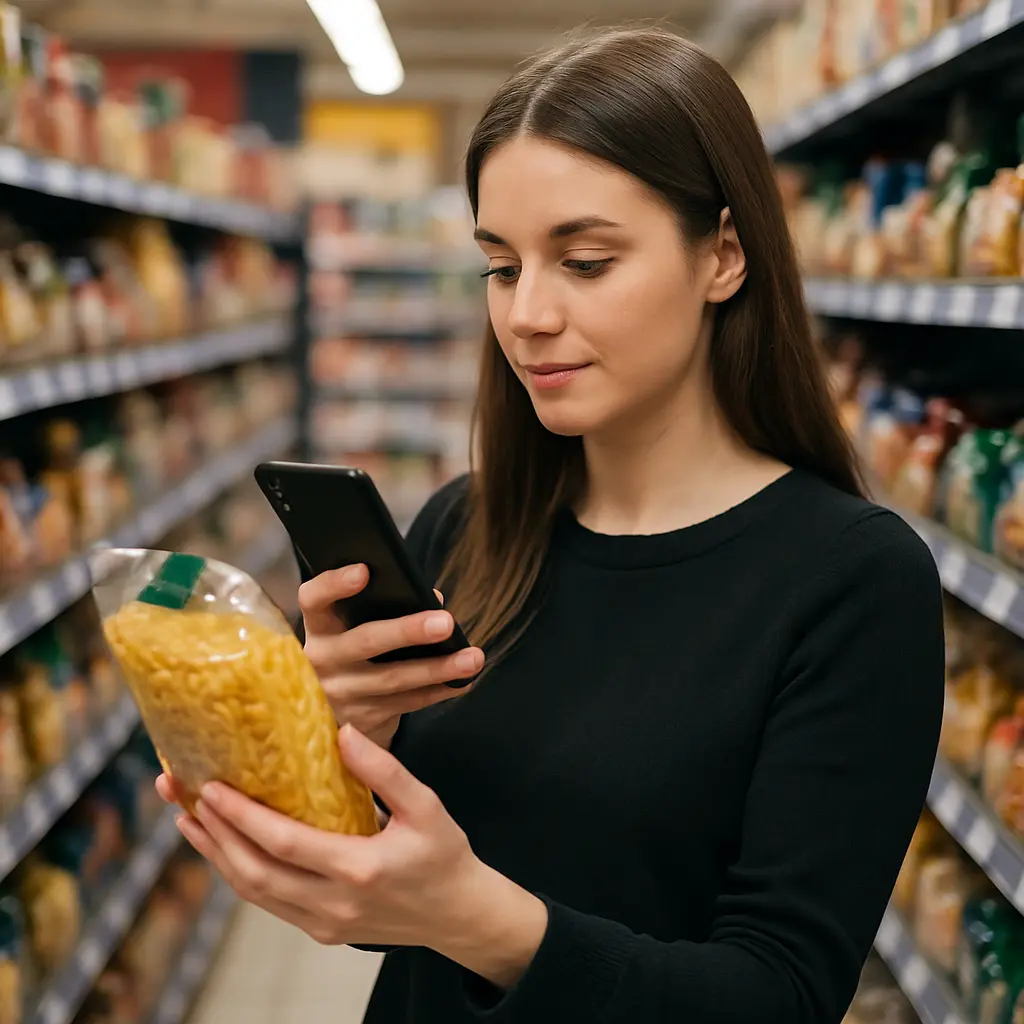
Why we never stop refining Smantry ✨
At Smantry, we don't believe in 'finished'.
An app that is meant to accompany people in their daily lives is never complete – it grows, changes, and evolves. Just like the people who use it. 💛
We regularly pay attention to every detail:
How does a click feel? Is the path to a function clear enough? Does the idea behind a new view come across intuitively?
Sometimes it's just tiny things that make the difference – a better-placed button, a simplified overview, or a sentence that suddenly becomes clearer.
What drives us is the idea that Smantry should feel easy, familiar, and meaningful.
We want you to open the app and feel: "Ah, this is exactly how it should work."
Of course, not everything always goes perfectly. But that's exactly the point: We take the time to listen, to observe, to reconsider. Every piece of feedback, every use case, every new idea helps us to understand a little better what really matters.
Smantry is not a rigid product for us – it's a living process. A collaborative project that grows step by step.
And every update, every small improvement is a sign that we are on the right track:
A path to an app that doesn't feel like technology, but like support.
Towards a daily life that becomes simpler. Towards clarity, structure – and maybe even a bit of ease. 🌿
We're staying on it.
Because we are convinced that good things take time – and that it's worth creating them with heart.
Your
Smantry-Team
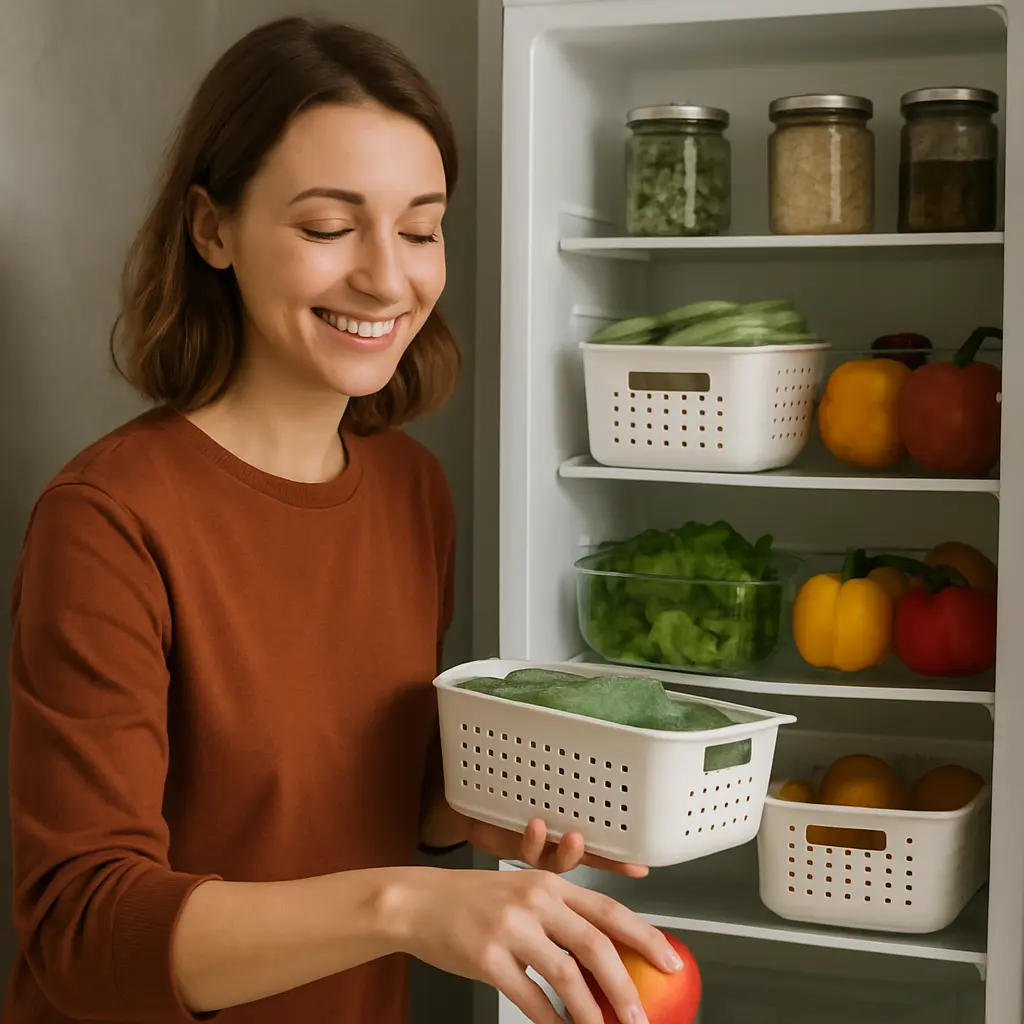
🌱 Staying on track made easy: How to stay motivated to create order and avoid food waste
We all know it: Initially, the motivation is high! You finally want to get your kitchen organized, keep an eye on your supplies, and shop more consciously. But after a few weeks, everyday life creeps back in – and the good resolutions start to falter.
With Smantry we want to support you not only in getting started, but also in sticking with it in the long term. 💪✨
1. Be aware of why you are doing this
Order and sustainability are not short-term trends – they grant you freedom, time, and a good feeling. If you know why you want to keep your supplies in check or throw away less food, it becomes much easier to stay consistent.
👉 Tip: Write down your 'why' in the app note or as a reminder.
2. Set small, achievable goals
Nobody becomes an organizing pro overnight. Start small:
- Today I'm just organizing the spice rack.
- Check the fridge this week.
- On your next shopping trip, purposefully buy only what you really need.
Small steps lead to success – and success motivates!
3. Make it easy for yourself – with smart helpers
Smantry automatically reminds you of expiring products, helps you keep track of your inventory, and assists you with shopping. This way, you have to think less and can enjoy more.
👉 The less effort required, the easier it is to stick with it!
4. Celebrate your progress 🎉
Creating order or avoiding waste is a process, not a sprint. Regularly review what you have already accomplished – you may already see that you need to throw away less or that your supply is finally manageable. That's great!
5. Make it part of your routine
Schedule fixed 'Smantry moments': for example, briefly check the inventory on Sundays or update the shopping list before going shopping. Routines provide structure and make sustainable actions a matter of course.
💚 Conclusion:
Motivation is not a perpetual flame – but with the right tools and habits, you can reignite it time and again.
With Smantry, you have a smart companion by your side that helps you stay organized, consume more consciously, and incidentally do something good for yourself and the environment.
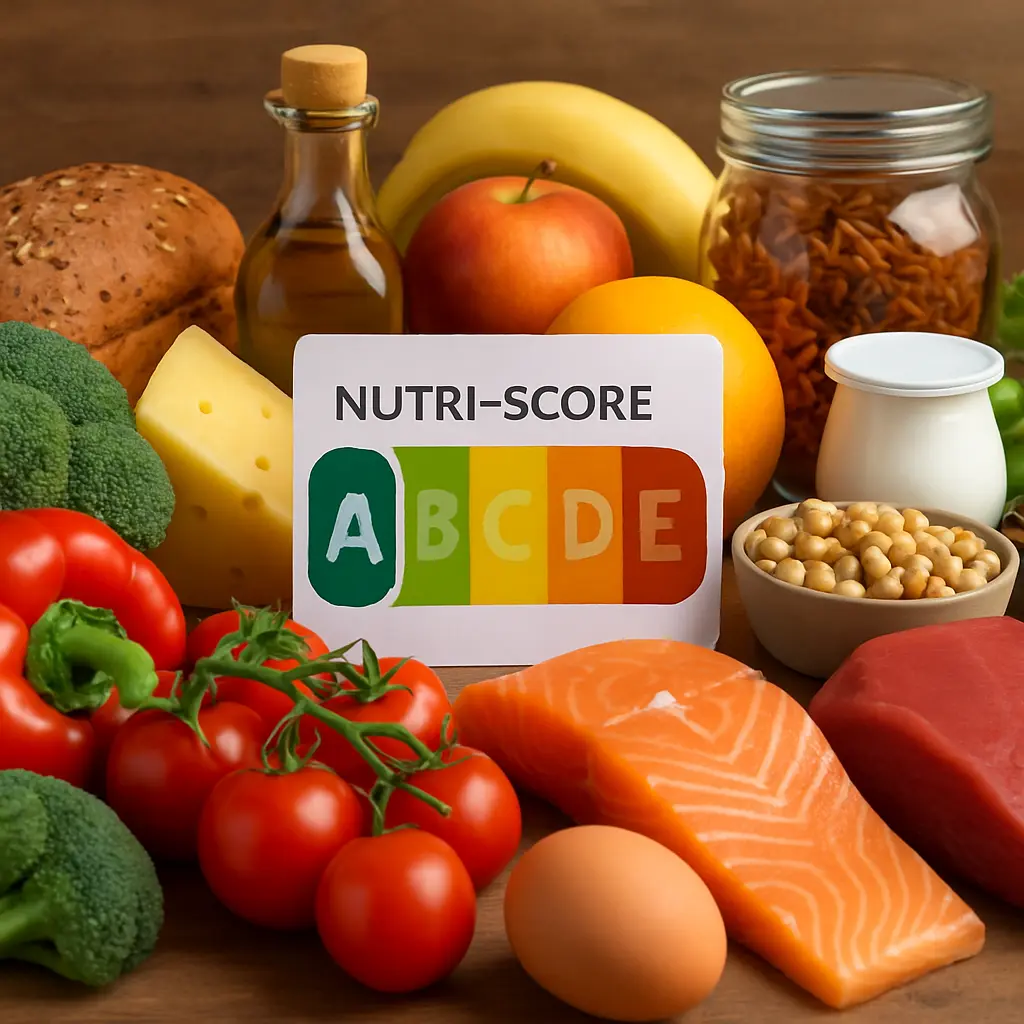
More clarity when shopping: How Open Food Facts and the Smantry app make nutrition transparent
Many foods look healthy at first glance – but what's really inside them? Are the nutritional values balanced? How processed is a product? And what impact does it have on our environment?
This is exactly where the Smantry-App comes in: It uses the globally open database Open Food Facts, to give you immediate clarity when scanning your items. But what's actually behind the colorful labels like Nutri-Score, NOVA or Eco-Score, that you encounter in the app?
Let's take a closer look at the background.
Open Food Facts: From the Idea to a Global Database
The journey began in 2012 with the founding of Open Food Facts – a non-profit organization that collects, analyzes, and makes food information freely accessible worldwide. The goal from the beginning was to provide consumers with scientifically substantiated information.
What started as a small project has now become a global platform with millions of products. And it is precisely this data that the Smantry-App uses to give you a clear overview directly on your smartphone.
An overview of the most important scores
1. Nutri-Score – how healthy is my product?
Since 2016, the Nutri-Score has been legally established in France – and it has quickly spread throughout Europe.
- A (green) means: very balanced.
- E (red) means: unbalanced, enjoy in moderation.
The rating is based on calories, sugar, salt, saturated fats – but also on positive factors such as fiber, protein, and the proportion of vegetables.
👉 So in the Smantry app, you can see at a glance whether a food item fits into your everyday life – or perhaps should be on the table less often.
2. NOVA-Score – how processed is it?
Not only the ingredients, but also the degree of processing plays a significant role for health. This is exactly what the NOVA-Score (integrated into Open Food Facts since 2018) shows you:
- 1 = unprocessed or minimally processed (e.g., fresh fruit, plain yogurt)
- 2 = ingredients such as vegetable oils, sugar, flour
- 3 = processed foods (e.g., bread, cheese, canned goods)
- 4 = highly processed products ("Ultra-Processed Food"), often with additives, flavors, and industrial processes
👉 With the Smantry app, you can instantly tell if a product is still 'close to nature' – or if it falls into the category of being highly processed.
3. Eco-Score (soon to be Green-Score) – how sustainable is my shopping?
Since 2019, Open Food Facts also includes an environmental assessment: the Eco-Score. It takes into account, among other things:
- CO₂ emissions from production and transportation,
- Packaging and recyclability,
- Origin and seasonal factors.
The rating is – similar to the Nutri-Score – from A (very eco-friendly) to E (less sustainable).
By 2025, this will become the Green-Score, which will take into account even more detailed data and thus provide you with even better guidance for sustainable consumption.
👉 For you in the Smantry app, this means: You can see not only whether a food is healthy for you, but also whether it is good for our planet.
What this means for you as a Smantry user
Currently, you can scan your products in the Smantry-App and view many details. The scores themselves are not yet integrated – but the integration is planned.
This means: Soon you will be able to see not only the nutritional values of a product but also how healthy, processed, or sustainable it is – all directly in your app.
Conclusion: Your Smart Nutrition Compass
The colorful labels are much more than pretty symbols. They are your quick compass in everyday life – whether you want to shop with health consciousness, reduce highly processed products, or pay attention to the environment.
With the Smantry-App you already have strong support for more transparency while shopping. And with the planned integration of the scores, it will become even more valuable – your smart nutritional compass for the future.
